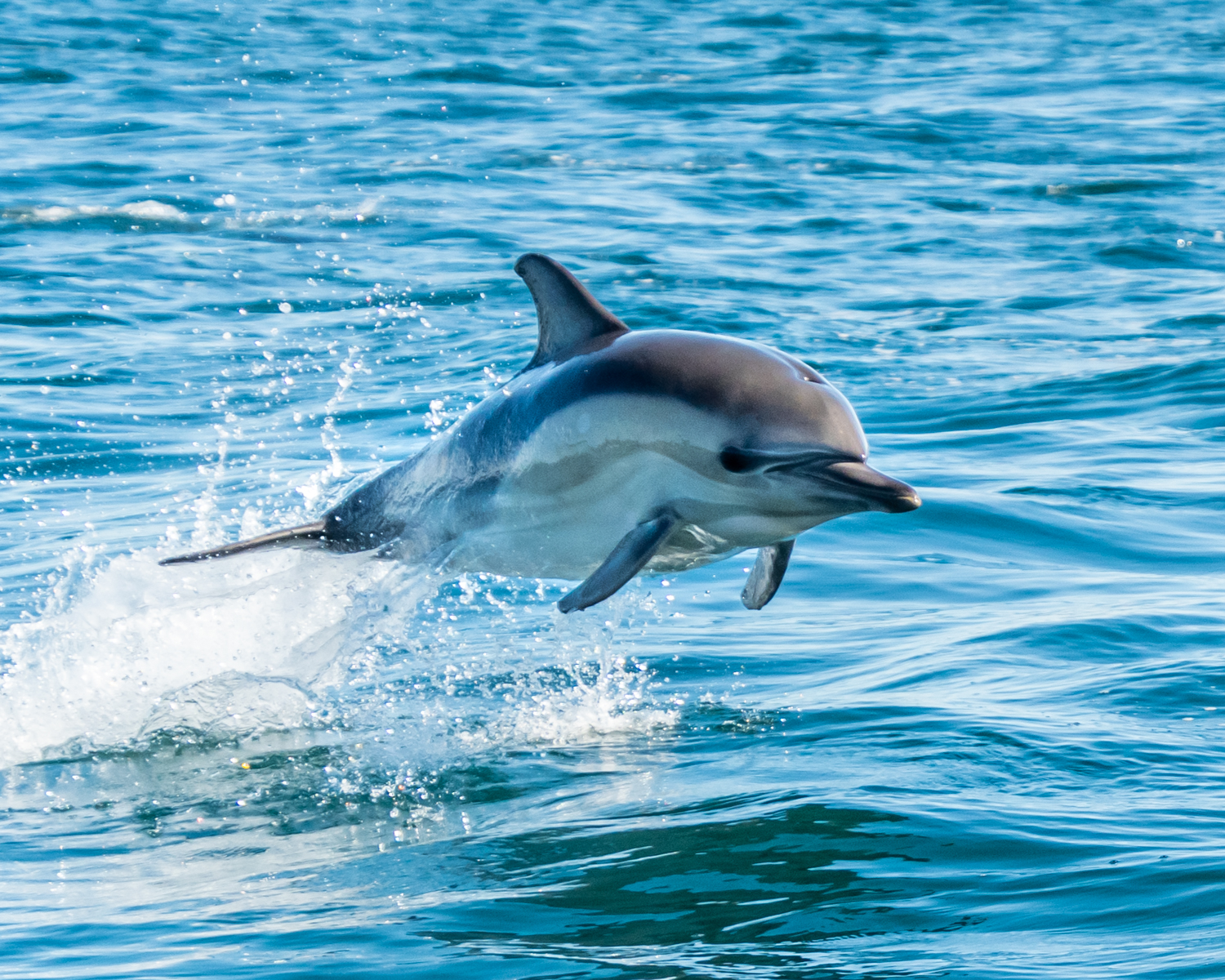Educational Dolphin Facts to Boost Your Understanding of Marine Life
Educational Dolphin Facts to Boost Your Understanding of Marine Life
Blog Article
Discover the Marvels of Dolphins: Incredible Realities You Really Did Not Know
These creatures play a critical function in keeping the equilibrium of aquatic ecosystems while showing impressive problem-solving capacities. What other unusual aspects of dolphin habits stay to be revealed?
Dolphin Knowledge and Problem Solving
Showing exceptional cognitive capacities, dolphins are widely identified for their knowledge and analytical abilities. Research has shown that these marine animals possess sophisticated reasoning abilities, often taking part in complex social interactions that require substantial cognitive handling. Notably, dolphins are adept at using cutting-edge strategies to conquer difficulties in their atmosphere, such as utilizing tools or coordinating with others to hunt for food.
Studies expose that dolphins can comply with intricate directions and do tasks that involve multi-step solutions, a sign of their ability to strategy and implement. Their ability for understanding is more confirmed by their excellent memory, which allows them to use and retain information over expanded durations. Cognitive examinations have shown that dolphins can recognize abstract principles, including numerical partnerships and spatial understanding.
Additionally, dolphins display a remarkable level of self-awareness, as confirmed by their capability to acknowledge themselves in mirrors. This characteristic is commonly thought about a characteristic of innovative intelligence, paralleling the cognitive abilities observed in humans and primates. On the whole, the knowledge and analytic capacities of dolphins highlight their intricate mental faculties and flexibility in diverse atmospheres.
Special Communication Strategies
Dolphins stand apart for their special interaction techniques, which are important for their social communications and survival in the wild. These very smart marine mammals employ a sophisticated system of articulations, body language, and echolocation to share messages and coordinate tasks.
Articulations include clicks, whistles, and various other noises that serve different objectives, from expressing emotions to signaling alarm system or coordinating group movements while hunting - Dolphin Facts. Each dolphin has a trademark whistle, similar to a name, which fosters specific recognition within shucks. This form of identification is critical for keeping social bonds

Echolocation is an additional remarkable element of dolphin interaction. By discharging sound waves and analyzing the returning echoes, dolphins can navigate their environment, find victim, and even identify other aquatic creatures.
Social Structures and Relationships
The intricate communication techniques used by dolphins play a substantial function fit their social frameworks and relationships. These highly intelligent aquatic animals often create complicated social groups referred to as pods, which can vary in dimension and composition. A common capsule may contain a few individuals to several dozen, and it is commonly led by a leading female.
Dolphins are known for their strong social bonds, which are defined by cooperative behaviors such as hunting together, common grooming, and also spirited interactions. These partnerships are important for their survival, as they boost the efficiency of jobs such as foraging and shielding the find this team from killers.
Within sheaths, dolphins show an array of social power structures and duties, which can change based on the dynamics of the team. In general, the social frameworks and relationships of dolphins mirror a sophisticated degree of social company that adds to their versatility and success in diverse aquatic environments.
Duty in Marine Ecosystems
In marine ecological communities, dolphins play an important duty as both killers and prey, contributing to the general health and equilibrium of their settings. As pinnacle killers, dolphins aid manage the populaces of their victim, that includes fish, squid, and shellfishes. By regulating these populations, dolphins prevent overgrazing of marine resources, thus cultivating biodiversity and supporting the structure of the ecological community.

Furthermore, dolphins contribute to nutrition biking in marine settings. Their feeding practices and succeeding waste manufacturing enrich the water column, facilitating the development of phytoplankton, which creates the base of the aquatic food chain. On the whole, the visibility of dolphins in marine environments is vital for keeping ecological balance, sustaining the wellness of other aquatic species, and sustaining the total vigor of nautical environments.
Remarkable Physical Abilities
Among the most impressive elements of dolphins is their excellent physical capabilities, which allow them to thrive in varied marine environments. These extremely intelligent mammals have streamlined bodies, permitting efficient activity through image source water. Their effective tails, or flukes, can thrust them at speeds of up to 25 miles per hour, making it possible for quick navigating and evasion from killers.
Dolphins likewise exhibit exceptional agility, performing acrobatic tasks such as rotates and turns. Their pectoral fins offer stability and ability to move, allowing them to make sharp turns and rapid reversals. Additionally, dolphins have a special ability called echolocation, which allows them to browse and search in murky or dark waters. By releasing acoustic waves and interpreting the returning mirrors, they can identify the area, dimension, and form of things around them.
Moreover, dolphins show impressive endurance, capable of swimming cross countries without tiring. Their thick layer of blubber not just supplies insulation helpful hints but also aids in buoyancy. Collectively, these physical features highlight the flexibility and resilience of dolphins, making them several of the most interesting creatures in the sea.
Conclusion
In conclusion, dolphins exhibit impressive intelligence via their analytic capabilities and advanced interaction strategies. As apex killers, dolphins play a vital function in keeping the equilibrium of aquatic communities. Dolphin Facts.
In general, the social structures and partnerships of dolphins mirror an advanced level of social organization that adds to their adaptability and success in varied aquatic atmospheres.

On the whole, the existence of dolphins in marine environments is vital for maintaining eco-friendly balance, sustaining the health and wellness of various other aquatic types, and sustaining the total vitality of nautical environments.
One of the most remarkable facets of dolphins is their excellent physical abilities, which allow them to grow in varied marine atmospheres.
Report this page